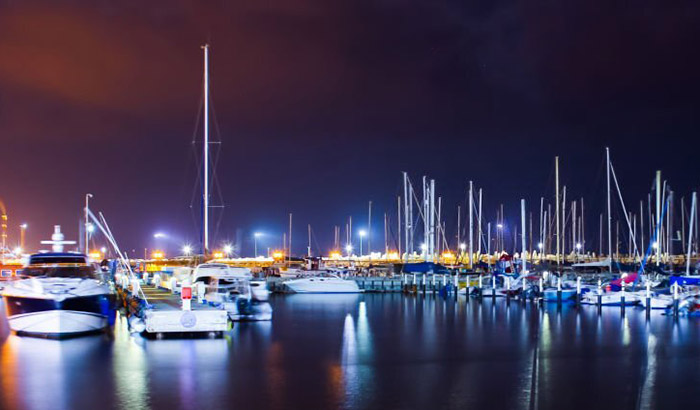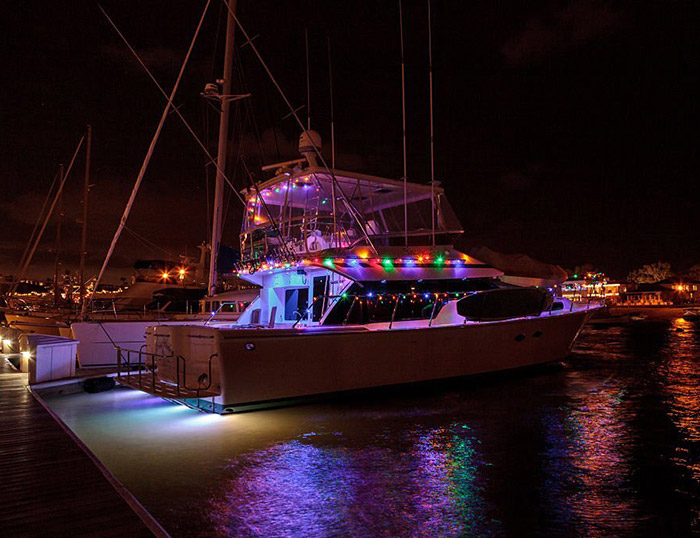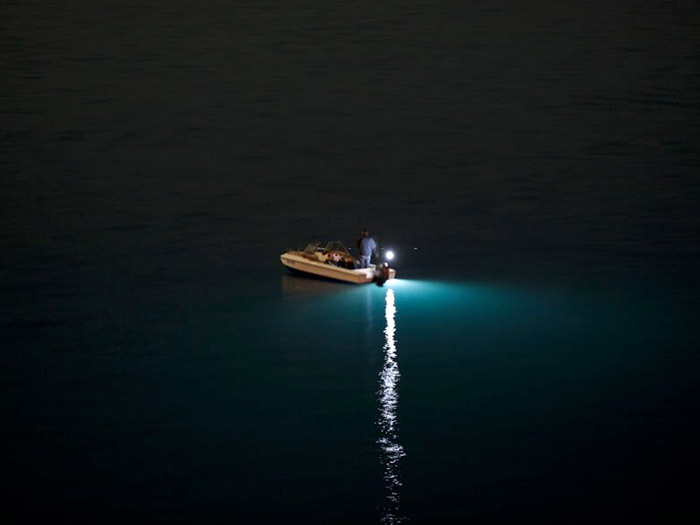The light on boats at night is an important safety feature that helps ensure the vessel can be seen and avoided by other boats in the area. Meanwhile, the color of lights on boats during the night is an important safety consideration for navigation and collision avoidance.
But what color lights for boats at night? In general, boats are required to display a combination of green, red, and white lights to indicate their direction of travel and position in the water. All of the information regarding this topic will be discussed in this article.
| Color of the Light | Location |
| Red Light | Port Side (Left) |
| Green Light | Starboard Side (Right) |
| White Light | Stern of the Vessel (Rear) |
The lights of a boat are governed by internal regulations known as the International Regulations for Preventing Collisions at Sea, or COLREGs. These regulations set out the requirements for the lighting of vessels and are enforced by maritime authorities around the world.
The COLREGs state that the boats must display navigational lights between sunsets and sunrise or during periods of restricted visibility, such as fog or heavy rain. These lights serve to identify the type of vessel and its direction of travel to other vessels. The color and placement of lights are specified by the COLREGs to ensure consistency and clarity.
Red and Green Light
According to the COLREGs, boats are required to display a red light on the port side, which is on the left side of the boat. In addition, if you want to know what side is a green light on the boat, the regulations state that it should be on the starboard side, which is on the right side of the boat.
These lights are usually mounted on the boat’s bow and are angled in such a way that they can be seen from a distance by other boats in the area. The red and green lights help other boats to determine the direction of travel on the vessel and avoid a collision.
White Light
If you ask what color is a boat’s stern light, it is usually white. In addition to the red and green lights, boats are also required to display a white light at the stern, which is located at the rear of the vessel. This white light is used to indicate the position of the boat and to help other boats to determine the direction of travel of the vessel and help in preventing collisions.
Boats operating in areas with low visibility or in restricted visibility conditions may also be required to display additional lights. For example, boats operating in foggy conditions may be required to display a masthead light, stern light, and a special fog horn or bell.
Other Related Information
It is important to note that the navigational lights are more complex for boats larger than 50 meters in length. In addition to the red and green lights on the port and starboard sides, these boats are required to display white masthead lights at the front of the vessel and stern lights at the back.
In addition, they may also display additional lights, such as sidelights, light Bars or towing lights, depending on the type of vessel and its activity. It is also important to note that the colors of the lights on boats are not arbitrary. The red and green lights are chosen to correspond with the vessel’s sides, with the red light indicating the port(left)side and the green light indicating the starboard(right)side.
The setup is consistent with the nautical convention of referring to the vessel’s sides by these colors. In addition, the white lights at the front and back of the vessel serve to indicate the vessel’s direction of travel and its position with other vessels.
In addition, lights on boats during the night should be bright enough to be visible from a distance and should not be obstructed by any part of the vessel. In addition, boats should not display any lights that may be confused with the required navigational lights, such as flashing lights or colored lights that are not part of the standard navigation lighting system.
Maritime authorities may fine boats that do not comply with the lighting requirements and may be restricted from operating until the issue is resolved. Therefore, boat owners and operators must understand and comply with the COLREGs regulations regarding navigational lighting.
In addition to complying with regulations, boat operators should also take other measures to ensure their safety and the safety of others on the water. This includes maintaining a safe speed, using radar and other navigational aids, and always keeping a proper lookout.
Conclusion
Knowing what color lights for boats at night is an important safety consideration for navigation and collision avoidance. The International Regulations for Preventing Collisions at Sea (COLREGs) specify the color and placement of navigational lights to ensure consistency and clarity.



